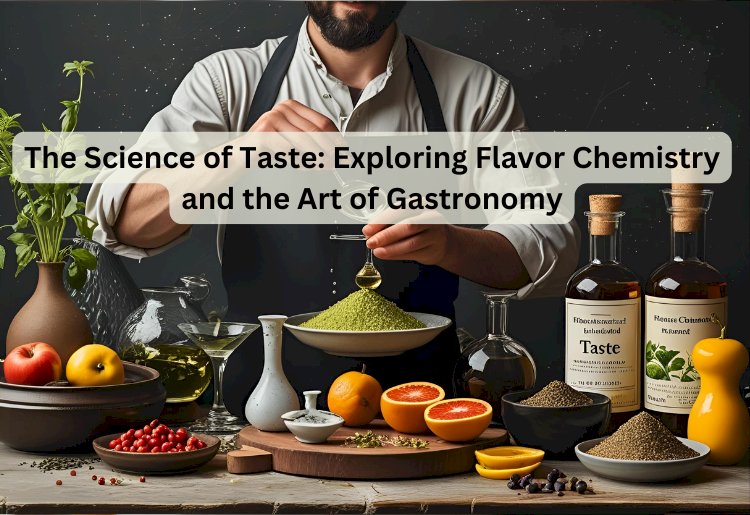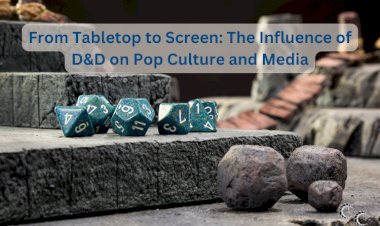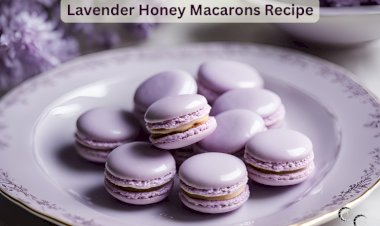The Science of Taste: Exploring Flavor Chemistry and the Art of Gastronomy

The Science of Taste: Exploring Flavor Chemistry and the Art of Gastronomy
Taste is far more than just a sense—it’s a complex symphony of chemistry, biology, and artistry. Every bite we take sparks intricate reactions in our taste buds and brain, transforming simple ingredients into rich experiences. By exploring the science of flavor and pairing it with the creativity of gastronomy, we can better understand why some foods delight us while others fall flat.
The Five Basic Tastes and Beyond
Traditionally, scientists recognized four basic tastes: sweet, sour, salty, and bitter. The discovery of umami, the savory sensation linked to glutamates, added a fifth. Now, research suggests there may be more—like oleogustus (fatty taste) and kokumi (mouthfulness). These tastes, detected by specialized receptors on the tongue, combine to form the foundation of flavor perception.
Flavor Chemistry in Action
Taste is just one part of the equation. Aroma, carried by volatile compounds, contributes up to 80% of what we perceive as flavor. When you chew, molecules travel from your mouth to your nose in a process called retronasal olfaction, enhancing the complexity of the experience. This is why a stuffy nose can dull even the most flavorful meal. Temperature, texture, and even sound (think of a crunchy chip) influence how we interpret flavors.
The Art of Gastronomy
Chefs use flavor chemistry to craft memorable dishes. Balancing tastes—like pairing sweet and salty or contrasting bitterness with acidity—creates harmony. Techniques like caramelization, fermentation, and Maillard browning transform ingredients at the molecular level, unlocking new aromas and textures. Molecular gastronomy takes this further, using science to create unexpected sensory experiences, such as edible foams or liquid-filled spheres.
The Psychology of Taste
Our perception of flavor is also shaped by memories, culture, and expectations. A familiar childhood dish might taste better simply because it evokes nostalgia. Presentation plays a role too—colors, plating, and even the shape of utensils can subtly influence how we perceive taste.
Where Science Meets the Senses
Understanding the science of taste can elevate both home cooking and fine dining. By experimenting with combinations, temperatures, and textures, we can create dishes that are not only delicious but deeply satisfying on a sensory level.
In the end, taste is a bridge between chemistry and creativity—a reminder that eating is not just a biological necessity, but an art form we experience with all our senses.





























